(February 23, 2023) His LinkedIn page indicates that he is one of the top 100 aerospace and aviation professionals in the world today. However, during my research about his work before our scheduled call, I came across something that sparked my curiosity. While most people earn their engineering degree in four years, Japan-based eminent scientist, Dr. Aditya Baraskar, took two extra years to finish his graduation. Ask him about it, and he laughs, “I had a lot of backlogs, and took me a while to clear all the paper before I got my degree.”
While many other students would have been disheartened by this situation, Dr. Baraskar found a silver-lining even in these dark clouds. “It was a learning period for me,” says the scientist as he connects with Global Indian, adding, “I started looking into what I wanted to pursue next, and putting more thought into my career path. It was then that I realised that space science was my ultimate love and I started developing my skills to work in this industry. I was heavily inspired by Kalpana Chawla and Sunita Williams.”
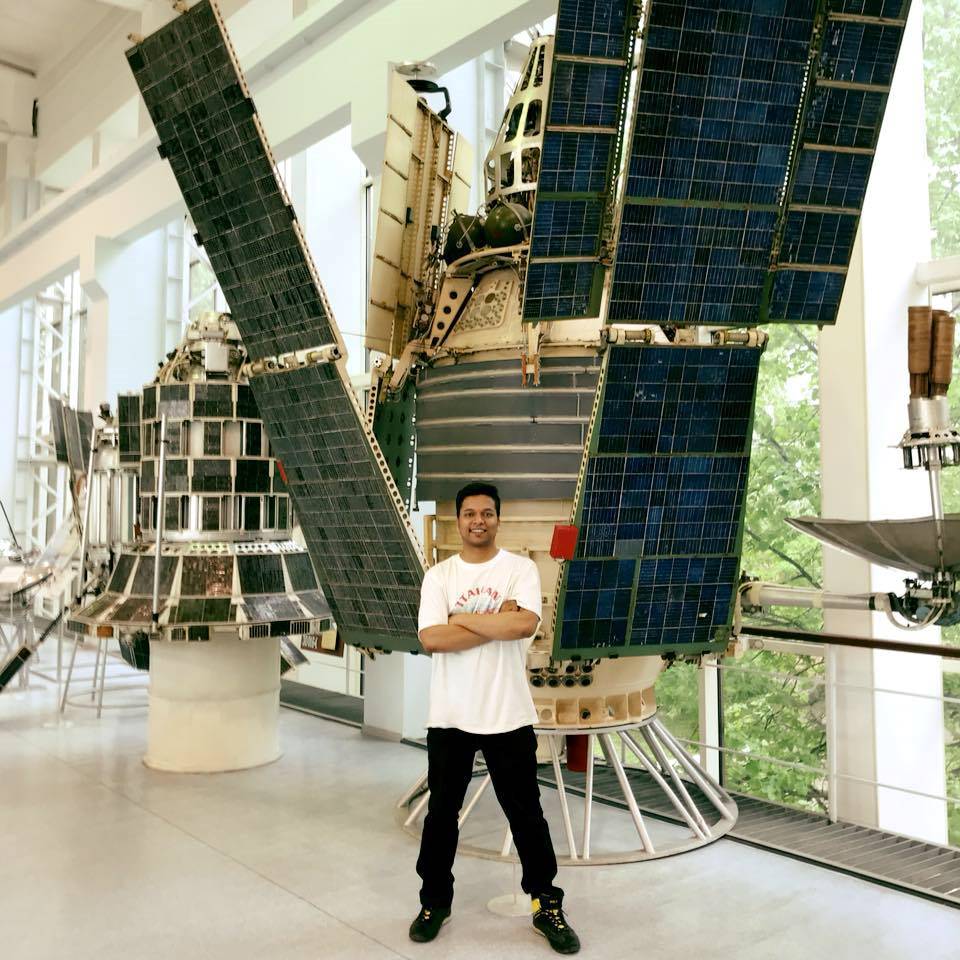
Dr Baraskar at the ROSCOSMOS Facility
The Chief Scientist and Mission Designer for the world’s first laser-based debris removal project at SKY Perfect JSAT Corporation in Japan, Dr. Baraskar has surely come a long way in the space science industry. The scientist, who is working on generating electricity in space, which can be distributed on Earth without using any wires, is also a serial entrepreneur and investor in businesses working on microsatellite designing, agriculture and fishery automation laboratory, and parking management systems. Interestingly, the scientist is also working on developing technology to tackle space junk, created by old satellites, rocket fuselages, and the like.
A small-town boy with big dreams
Despite being born in a small town in a middle-class family, Dr. Baraskar had big dreams. “I come from a very small town in the Betul district of Madhya Pradesh. I didn’t get any fancy education growing up and studied at the Jawahar Navodaya Vidyalaya in Betul. But I was ambitious. So, after finishing school, I moved to Maharashtra, where I pursued a Bachelor of Engineering in electronics and telecommunication from Shramsadhana Bombay Trust, College of Engineering & Technology in Jalgaon,” shares the scientist.
It was during his college that he was asked to present a paper in the second year. For someone who had no inkling about writing a paper, he chose digital communication as his subject. “It really amuses me sometimes that from a boy whose first paper was pretty bad, I have journeyed to become a scientist whose papers are quoted internationally.”
While still in college, a natural disaster in Japan forced him to look into the ‘wireless electricity’ technology. “In March 2011, Japan was hit by the Tōhoku earthquake and tsunami, which resulted in Fukushima nuclear disaster. As the nuclear plant generated electricity, the accident caused a loss of energy for several localities. Not to mention the number of people who lost their lives due to the disaster. While I was reading about the news, I started thinking about more viable ways of generating electricity, and that’s when I first thought about using wireless technology. We need electricity 24*7 on earth, but it also has to be from a renewable and sustainable source. So, why not generate electricity in space using solar power?”
“Back then, we had 3G network connections – something many people would have thought to be impossible a decade back – and in the future, this technology would only emerge more. So, in the same way, wireless electricity is also a possibility,” he shares. While it was a great idea, the scientist needed to do a lot of groundwork before even testing the technology.
Moving to Moscow
After finishing his graduation, the scientist started writing to various scholars, under whom he could work on his idea. And it was then that he got invited to a military institute in Russia to pursue his master’s degree. “While I was in college, I had criticised a Russian professor’s paper, who was quite impressed by my knowledge. So, after I earned my degree, he asked me to join the Moscow Aviation Institute (National Research University) in 2016, where I pursued a Master’s in space technology and rocket engineering. As it was a military institution, they didn’t have any foreign students. I was one of the first two international students who went to MAI,” he exclaims.
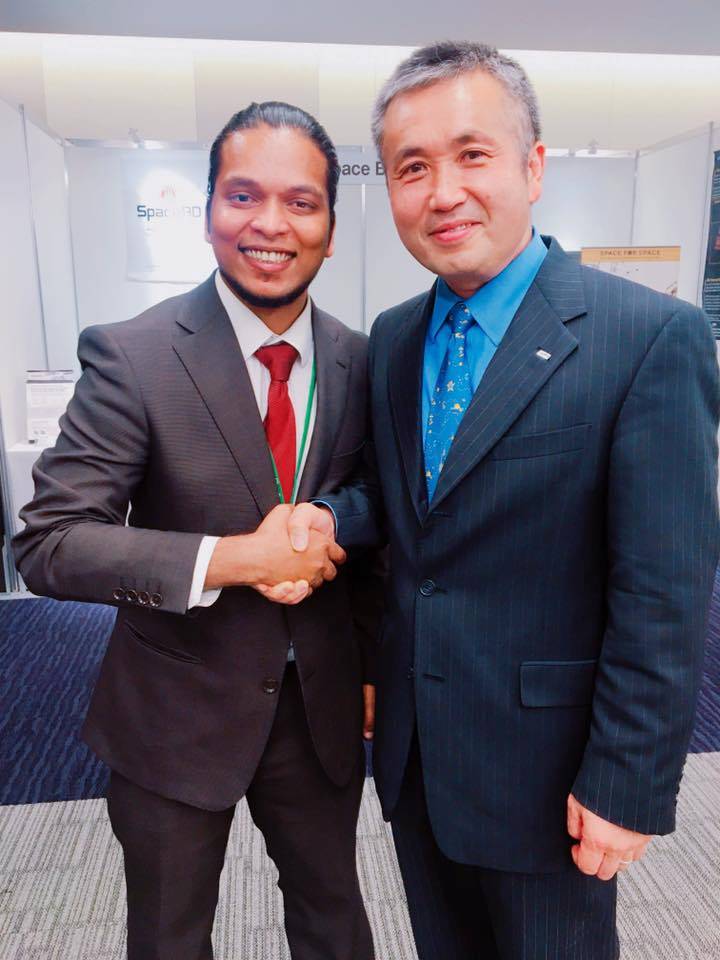
Dr Baraskar with Commander Astronaut Dr. Koichi Wakata
Sharing an insight about his life in Moscow, the scientist shares, “It was a big culture shock for me,” laughs the scientist, adding, “Till then I was completely dependent on my parents, and now all of a sudden I was on my own. During my initial days, I had no one to talk to and had to cook my food, which I had no clue about, and manage my house. So, for the first few weeks, fast-food restaurants were my refuge. However, I started gaining a lot of weight and also it was a bit heavy on my pocket to eat out daily. So, I eventually learned how to cook a basic meal for myself, taking instructions from my mother over the phone. But I must add that the Russians are very warm people. Everyone I met there – from my professors to my colleagues – helped me understand the city and navigate through it.”
The land of the rising sun
Even though he learned a lot during his time in Moscow, the scientist shares that Russia wasn’t so technologically advanced to put his thoughts into action. “My professor encouraged me to look for a research facility in Japan, where the technology was substantially more developed, and also introduced me to one of the faculty members at the Kyushu University in Fukuoka, Japan. I proposed my idea of wireless electricity and they were quite impressed. I pursued a doctorate in engineering, in aerospace, aeronautical, and astronautical engineering,” shares Dr. Baraskar, who also has a postgraduate diploma in GIS and remote sensing laws from the National Academy of Legal Studies and Research (NALSAR), in Hyderabad.
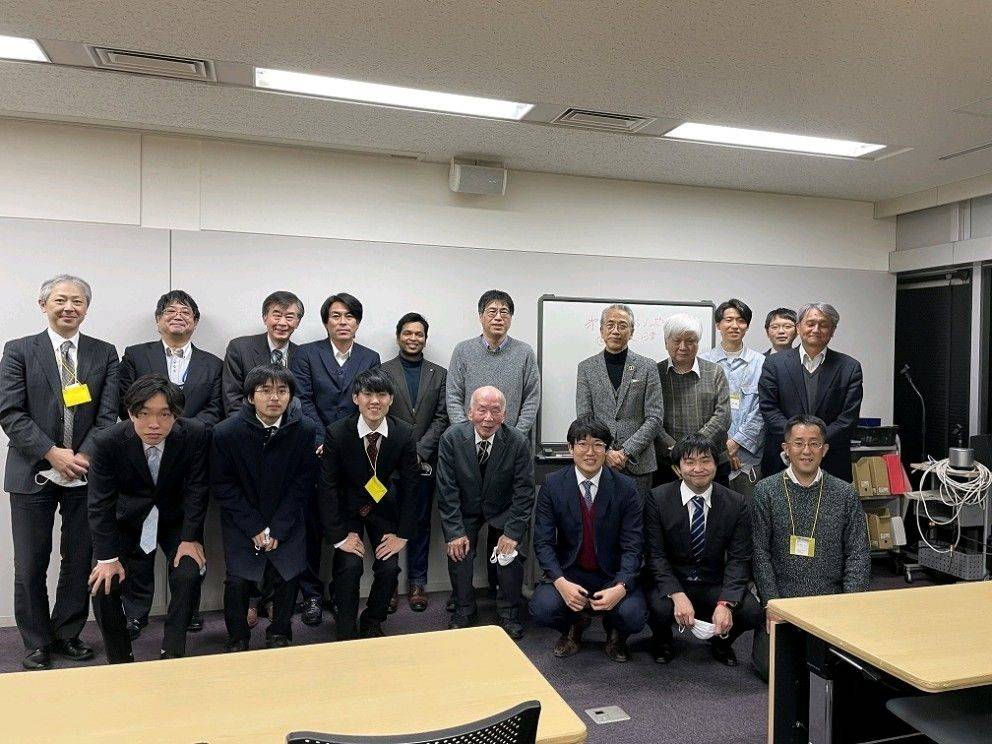
Dr. Baraskar with the Japanese Space Solar Power Society 2021
Eventually, the scientist developed his idea further and started working on developing a technology for the same. “Currently, satellites implement a traditional method for power generation using the solar panel and radioisotope generator (RTG) with battery storage capacity. Such a system increases the weight, cost, and valuable space. And it can be lowered by 15-25 percent by introducing Energy Orbit (E-Orbit), the concept of laser power transmission to customer satellites in LEO with 1600 Energy satellites (E-Sat). E-Sat will also provide multiple services like energy transfer, orbit transfer, and de-orbiting to LEO-based satellites. Hence, customers will save much money after accessing services from E-Orbit and generate new economic value with space sustainability. The project has an entrepreneurial side to it, and just last year we participated in the Asia-Pacific round and won the Specialised Sponsor Award,” says the scientist, who has spent nearly a decade working on this technology.
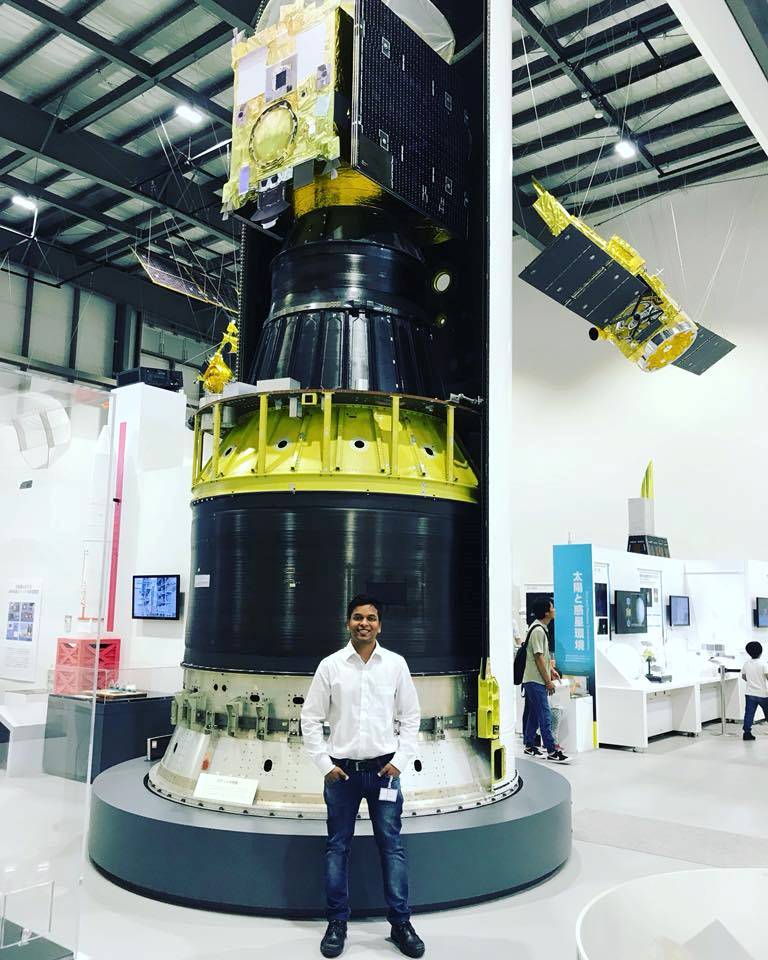
Dr Baraskar with Hayabusa 2, ISAS-JAXA Japan
There’s more as Dr. Baraskar is also looking to solve the space debris issues, which can destroy hundreds of millions of dollar’s worth of satellites in space and disrupt life on Earth as well. “I am a part of the team which is testing the use of satellite-mounted lasers to remove space debris, and manoeuvre satellites to avoid any collisions and accidents. A satellite collision is bound to have grave consequences, and no country would want that. So, we are using a laser beam to nudge debris toward the atmosphere. The technology behind it, called laser ablation, is widely used in electronics and cosmetic surgery,” shares the scientist as he signs off.
- Follow Dr Aditya Baraskar on LinkedIn
Also Read: Priyanka Das Rajkakati: India-born scientist merging science with art

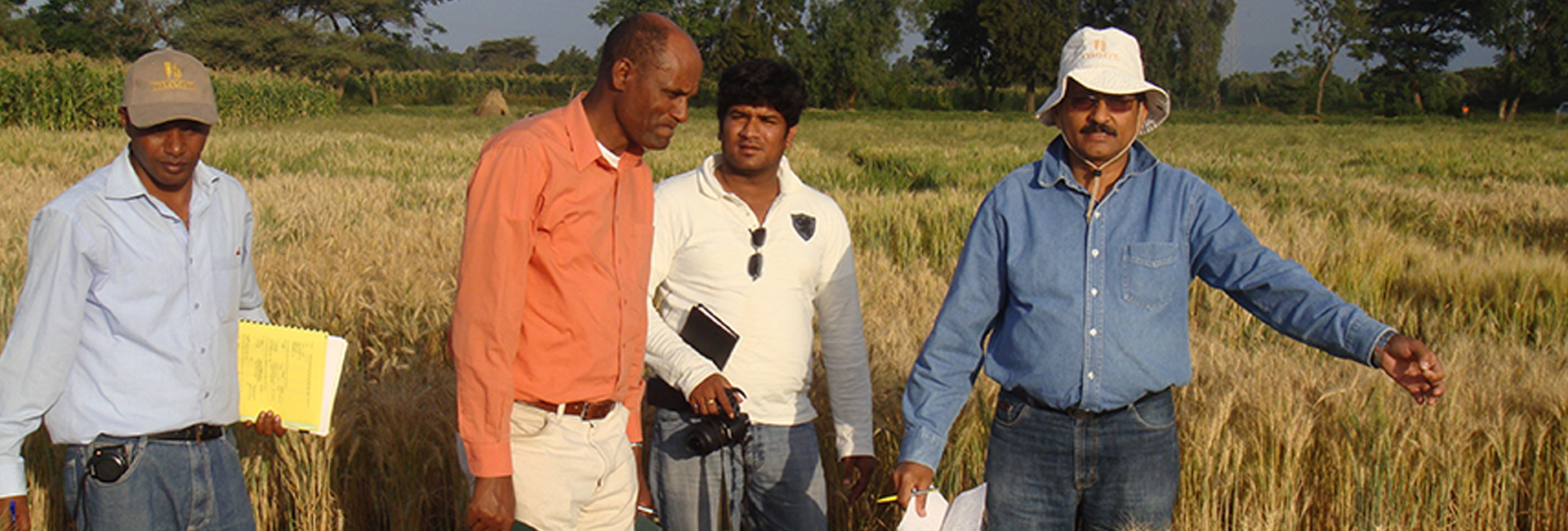
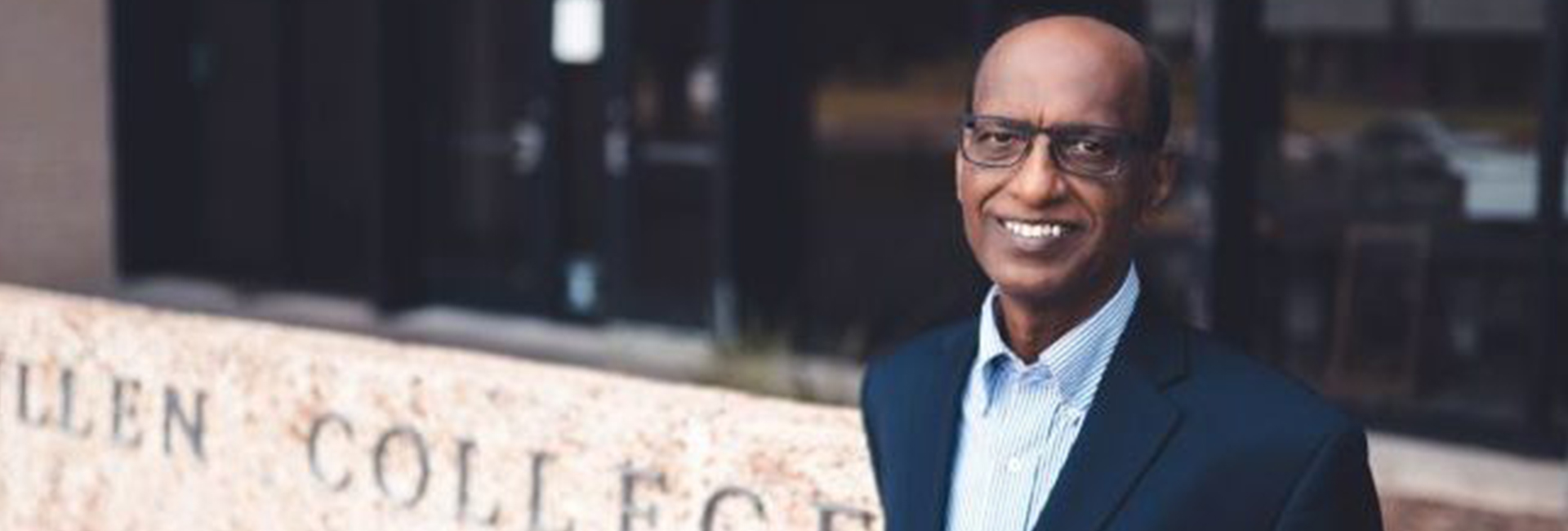
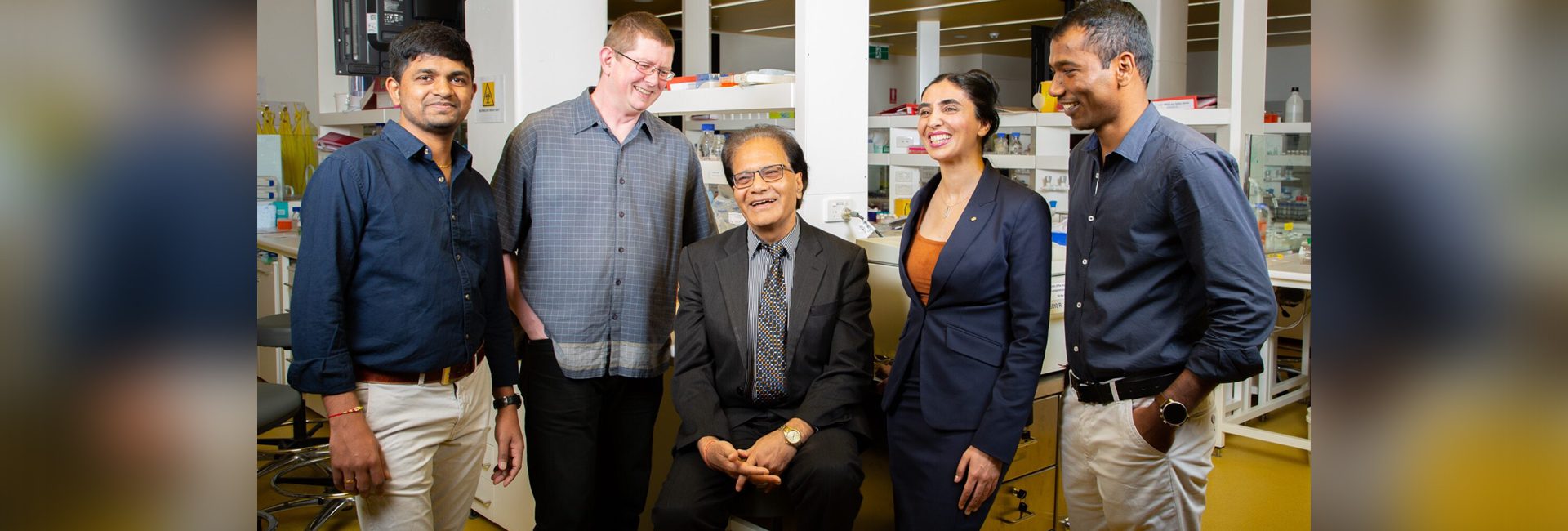
Very nice congratulations
Hi
Congratulations n wish you all success in your life.
I Proud to be NAVODAYAN